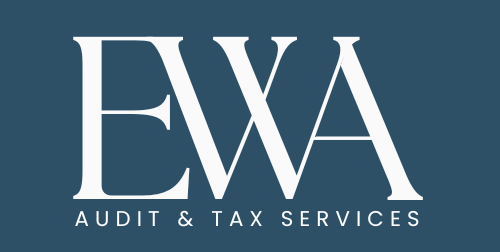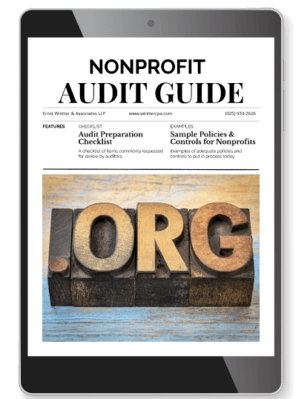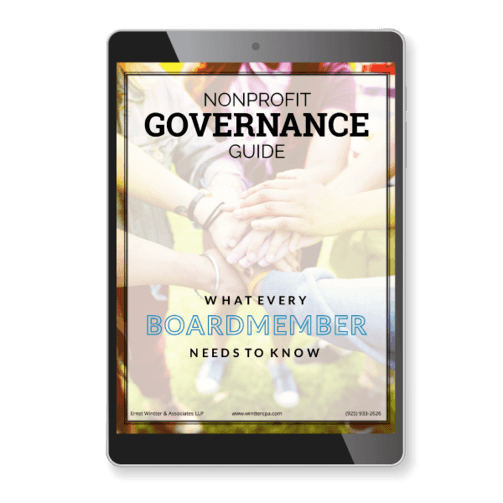Local and national watchdog groups have played an important role in helping donors identify questionable non-profits for decades. However, the measurement standards have evolved since groups such as GuideStar, Charity Navigator, and the Better Business Bureau’s Wise Giving Alliance began issuing rankings. They became known for giving overhead ratios significant weightings in their rankings of non-profits. This practice allowed some donors to identify high spending organizations, but it also penalized non-profits that increased employee pay and made strategic investments. This downside has led to non-profits to transition to impact, with more of a focus on transparency, governance, leadership, and results. Your non-profit can be part of this transition and if it has not already done so, will need to make the necessary changes and communicate the reasoning to your supporters. Seamless Transition: Explore insights for transitioning your non-profit. Navigate change strategically for sustained success and mission-driven impact.
Potential Organizational Barriers – Transitioning your Non-Profit
“Impact” is generally accepted as broad, long term societal change rather than concise and predictable outcomes or overhead ratios. Ideally, many of your donors are aware of and leverage impact metrics to evaluate organizations. For example, the question “What difference does this organization make in our community?” represents an impact-based evaluation. This shift, while positive overall, may require cultural changes at your non-profit. For example, you might have to convince your board to spend more on components such as marketing programs and executive salaries that can extend your organization’s reach and produce better outcomes over time.
Reaching out to your organization’s community
As your organization transitions to impact based metrics, some donors, funders, and members of the public may continue to use non-profit expense ratios to compare organizations. While overhead is not proven to measure a non-profit’s effectiveness, it is still a succinct measurement that provides a comparison between organizations. Your organization can communicate the value of impact in a similar way in such publications as your annual report. Compliance with Generally Accepted Accounting Principles requires non-profits to report costs in one of three functional categories — program services, general and administrative, and fundraising. In your annual report, you can include additional financial statements or administrative items that describe how they enhance programs and influence your community.
Ernst Wintter & Associates LLP specializes in California non-profit audits and tax preparation. Contact us today for help with your non-profit audit or tax prep needs.








